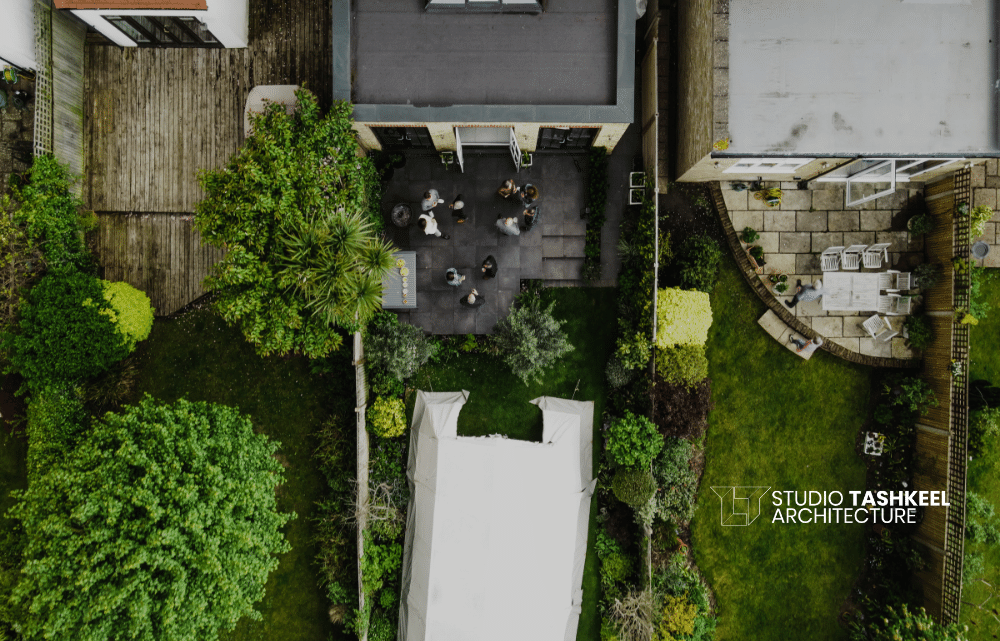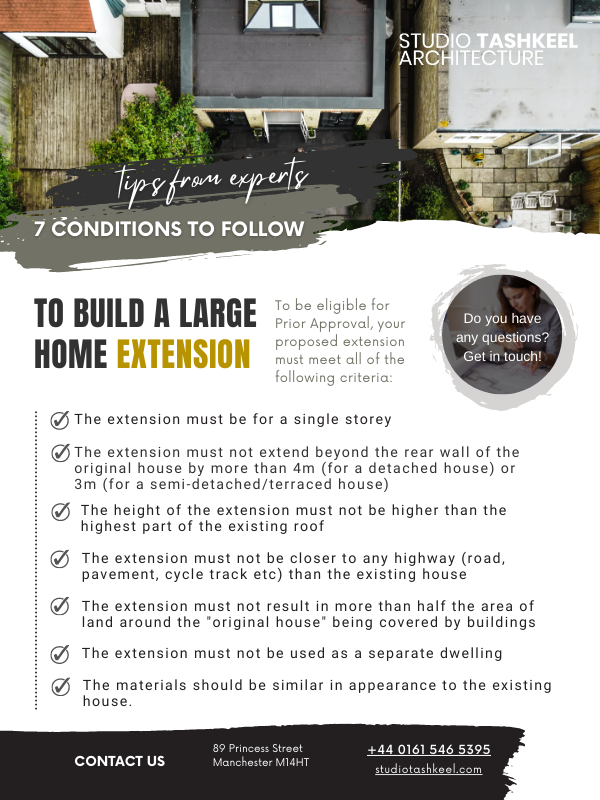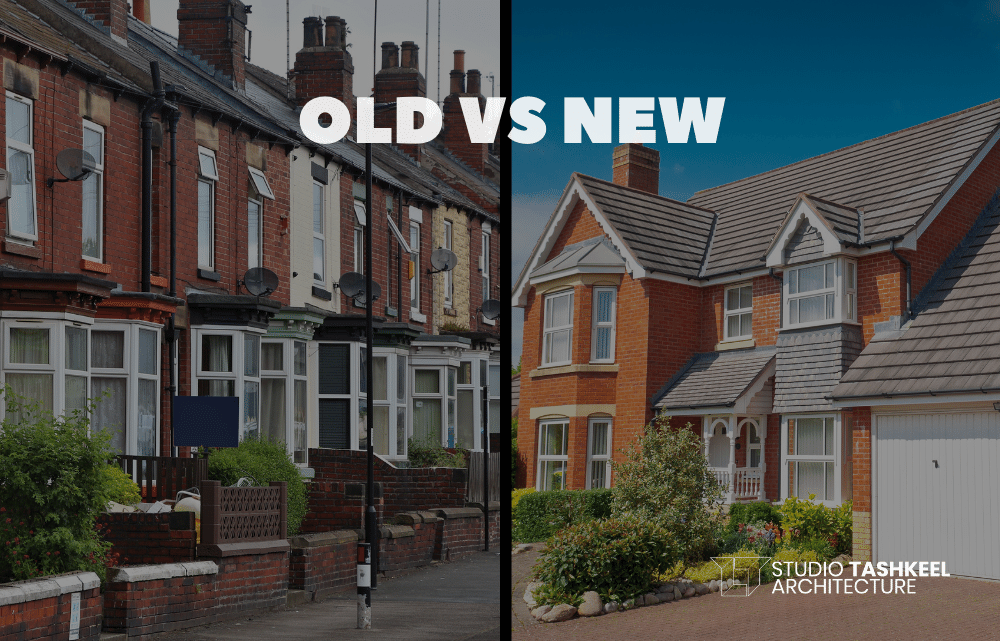
Prior Approval: A Helpful Guide for Larger Home Extensions
Prior Approval for Larger Home Extensions
Planning a home improvement project can be overwhelming. It’s important to understand the steps involved in getting approval for a larger home extension or renovation. This guide will walk you through each step so that you can move forward with confidence.
If you’re looking to renovate and extend your home, then you’ll need to know about Prior Approval.
This is the process by which homeowners can get permission to build larger home extensions than would normally be allowed under Permitted Development Rights.
In this article, we’ll tell you everything you need to know about Prior Approval, including how to apply and what restrictions might apply.
We’ll also give you some tips on how to make your application as successful as possible!
What is permitted development?
Before we begin talking about Prior Approval, Let’s dial back a bit to the fundamentals.
If you remember from our previous post, Permitted development rights allow you to make certain types of alterations to your property without having to apply for planning permission and we mentioned that there are certain types of developments that can be done without permission, as long as you follow a few basic rules.
Here’s our article on permitted development in case you missed it.
In most cases, you will need Prior Approval from your local authority if you want to build a larger home extension than what is allowed under Permitted Development Rights.
Remember: However, these rights are subject to some restrictions and limitations, so it’s always best to check with your local authority before proceeding with any work.
What is the Prior Approval Mechanism for Larger Home Extensions?
If you are planning to build a large single-storey extension you might need Prior Approval.
By ‘large” we’re talking 4-8 metres for a detached house or 3-6 metres for a semi-detached/terraced house then your Local Planning Authority needs to give Prior Approval.
You need to make a Prior Approval application to your Local Planning Authority (LPA) and they will decide whether to approve or refuse the extension.
Don’t worry. The LPA can only refuse on very specific grounds, such as if the extension would have a detrimental impact on highway safety or if it would be harmful to the visual amenity of the area.
If your Prior Approval application is approved, congratulations! You will then be able to proceed with building your extension without having to make a full planning application.
However, there are still some restrictions that apply, such as the materials you can use and the maximum height of the extension.
What are the conditions to follow to build my large house extension?
To be eligible for Prior Approval, your proposed extension must meet all of the following criteria:
- The extension must be for a single storey
- The extension must not extend beyond the rear wall of the original house by more than four metres (for a detached house) or three metres (for a semi-detached/terraced house)
- The height of the extension must not be higher than the highest part of the existing roof
- The extension must not be closer to any highway (road, pavement, cycle track etc) than the existing house
- The extension must not result in more than half the area of land around the “original house” being covered by buildings
- The extension must not be used as a separate dwelling
- The materials should be similar in appearance to the existing house.
These are some of the considerations that need to be taken into account before making a Prior Approval application.
If you are not sure about any of these points, get in touch with us we can provide you with professional advice before proceeding.
Neighbour consultation scheme: Can a neighbour stop my house extension?

In case you’re wondering if you have to notify neighbours for permission before your extension. Read on.
This means that you must notify your neighbours about your plans and give them an opportunity to comment on the proposal.
After you have submitted your Prior Approval application, The LPA will communicate with the neighbours within 20 metres of your property to let them know about the extension and give them an opportunity to comment on it.
If they have some objections, the authorities will take those into account when making a decision on your application.
Also, Keep in mind that your neighbours can object if your extension is overlooking their property.
What is overlooking in planning terms?
Overlooking is when a window in one property looks into the private space of another property and causes a loss of privacy for the occupants.
It can also be described as a situation where someone can see into your home from another property or public space.
If you are planning to build an extension that will overlook neighbouring properties, you will need to take this into account and make sure that the extension is designed in a way that minimises the impact on the privacy of your neighbours.
What if my neighbours object?
If your neighbouring properties’ owners or occupants protest against your development, the council must take into account the effect of your extension on all adjacent premises, not just those that opposed it.
You might need to submit additional information to the council, such as a report from an acoustic consultant or a surveyor, to show that the extension will not have a negative impact on the amenity of your neighbours.
If the council decides that the extension will have a negative impact on the amenity of your neighbours, they may refuse your application.
In that case, you would need to submit a full planning application with detailed plans and supporting information.
How to make a Prior Approval application?
The first step is to check if you need Prior Approval and if your extension meets the requirements that we mentioned earlier.
Once you are sure about that, the next step is to fill in the Prior Approval application form and submit it to your Local Planning Authority. You can find more information about the forms here.
The LPA will then assess your application and decide whether to approve or refuse it.
If you are granted Prior Approval, you will need to comply with a number of conditions, such as the materials you can use and the maximum height of the extension.
You will also need to make sure that the extension does not have a detrimental impact on highway safety or if it would be harmful to the visual amenity of the area.
If you are planning to build a large extension, it is always a good idea to get professional advice before proceeding.
Prior Approval application FAQs
How much does a ‘Prior Approval: Larger Home Extension’ application cost?
How long does the ‘Prior Approval: Larger Home Extension’ application take?
The LPA has a statutory period of 42 days to make a decision on your Prior Approval application.
If you have not received a decision within 42 days, you can assume that your Prior Approval has been granted and proceed with the development.
The local authority will send a notification to each of your neighbours to inform them of your Prior Approval application with the following information:
- Your intended development
- The date your application was received and when the 42 day determination period ends
- The period the neighbour to present an objection
They will also have 21 days from the date of notification to submit their representations to the council.
What if my application is refused?
Can I start building right away?
Not quite. Prior Approval is not the same as planning permission, and it does not give you the green light to start building immediately.
It simply means that your Local Planning Authority has no objection in principle to your proposals.
You will still need to comply with a number of conditions we mentioned above.
After receiving the green light in the form of a “prior approval granted” or “prior approval not required” you can move to the next stage, which is Building Control.
You will need to submit a full set of detailed drawings to your Local Building Control team and they will assess whether your plans comply with the current Building Regulations.
If everything is in order, you will be issued with a ‘Full Plans Approval’ certificate, which gives you the green light to start building.





